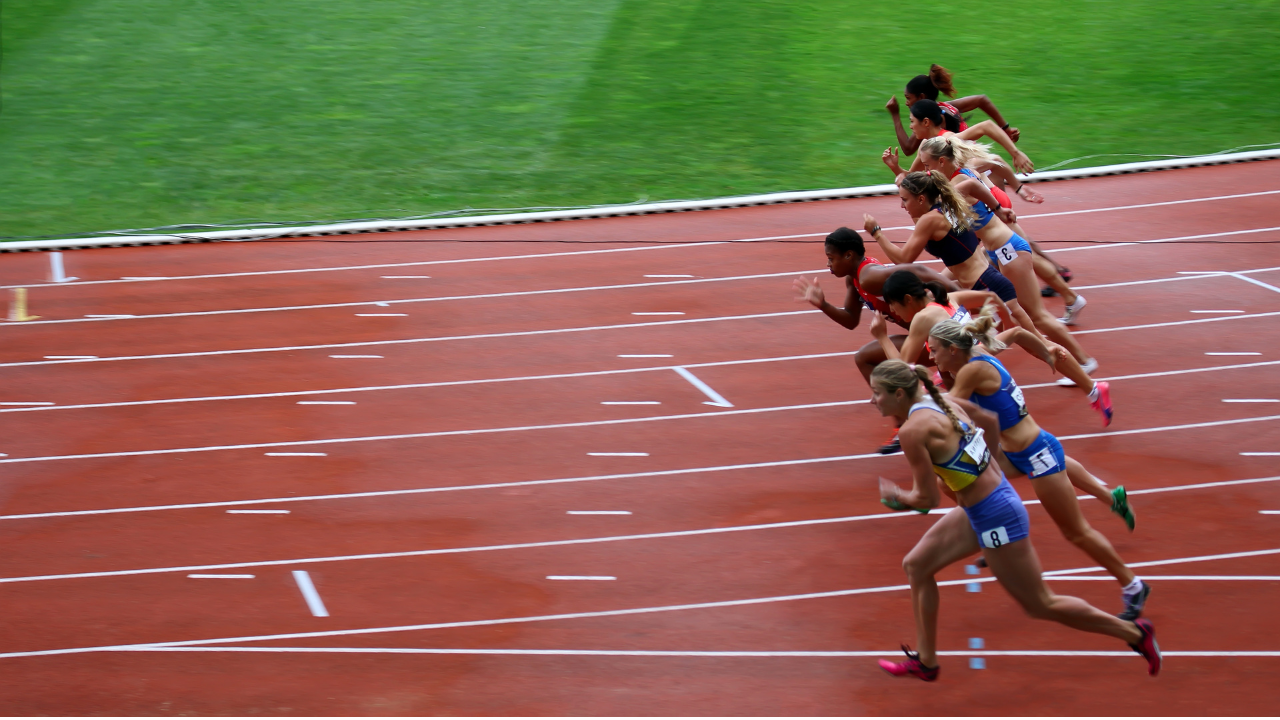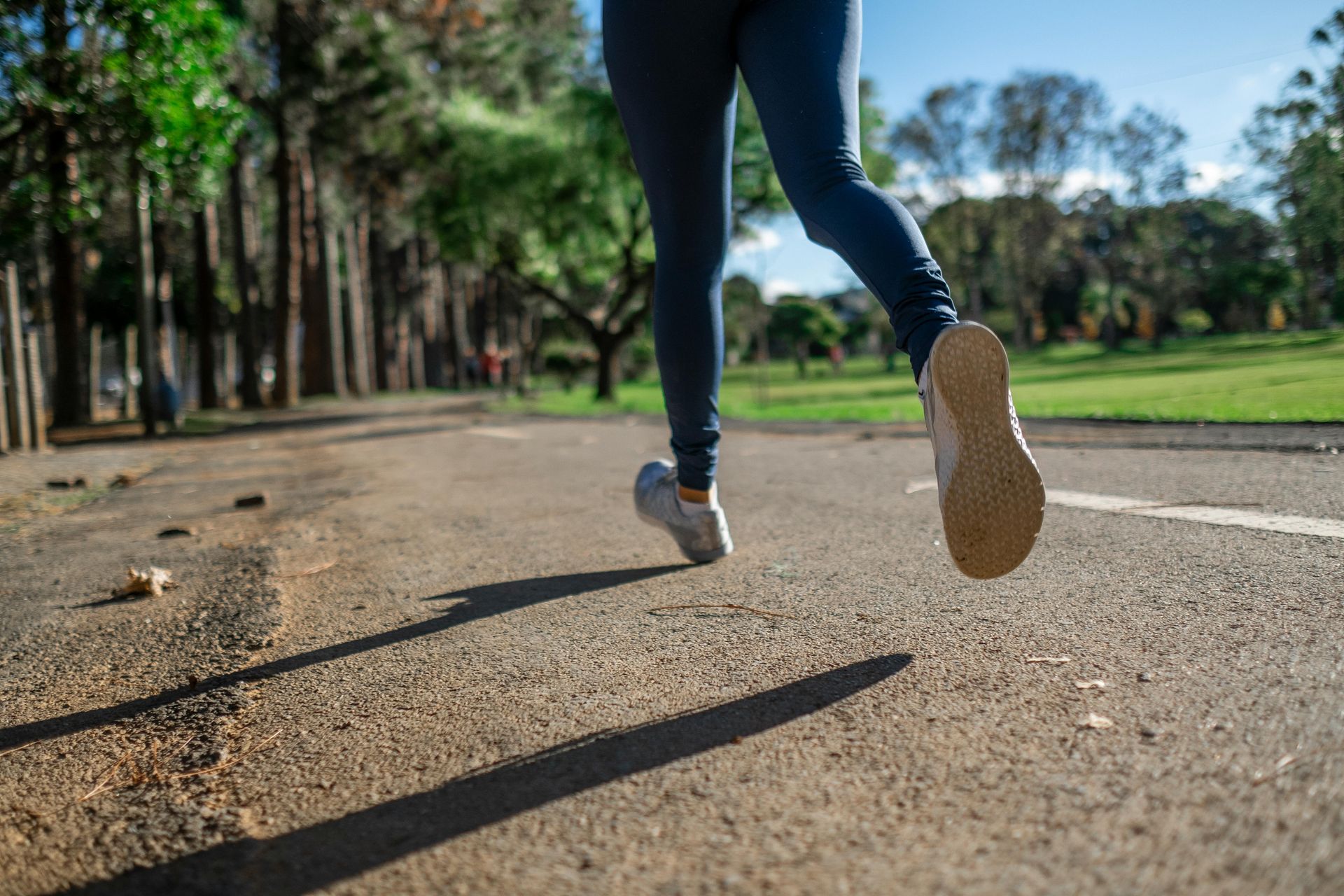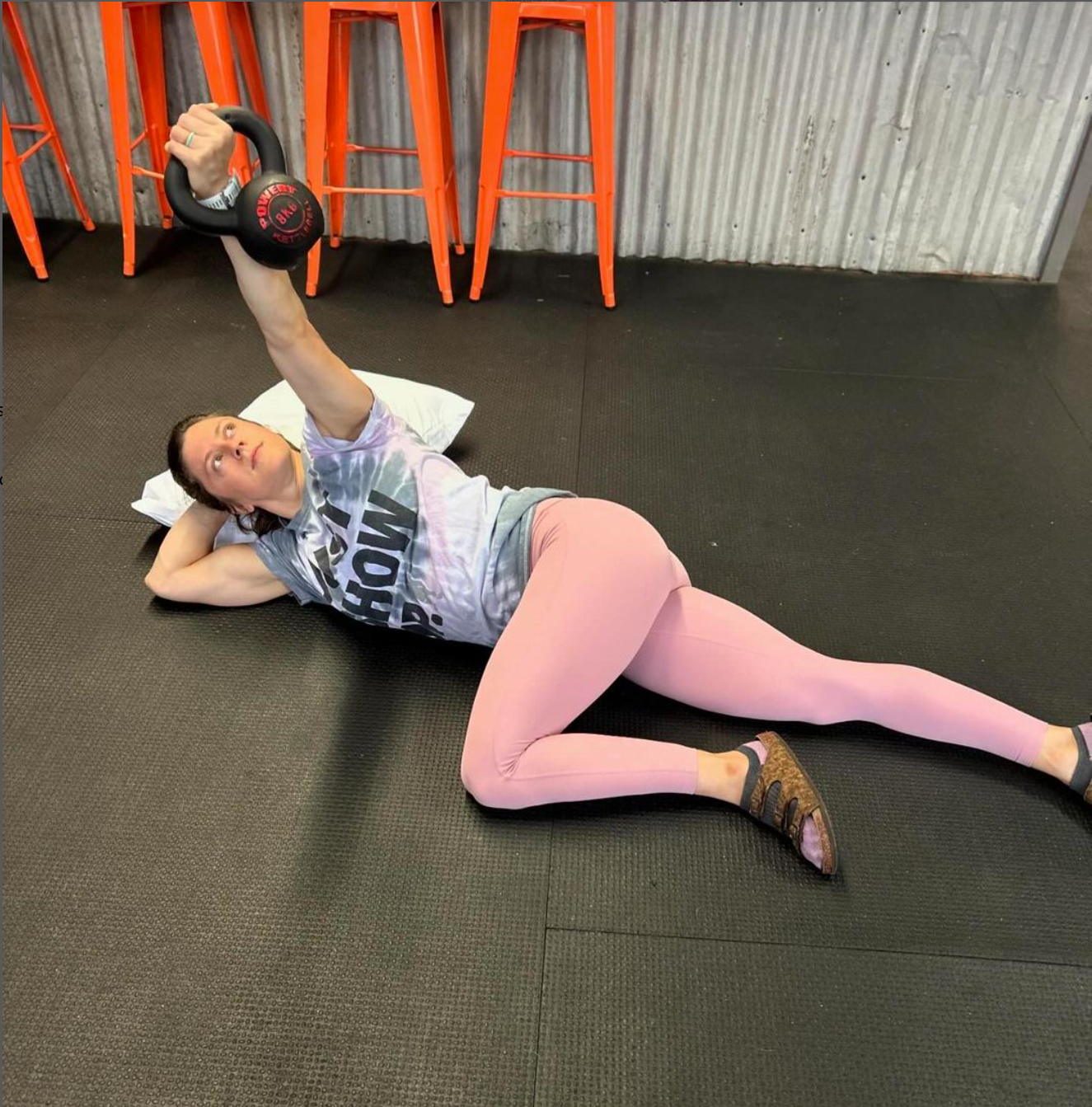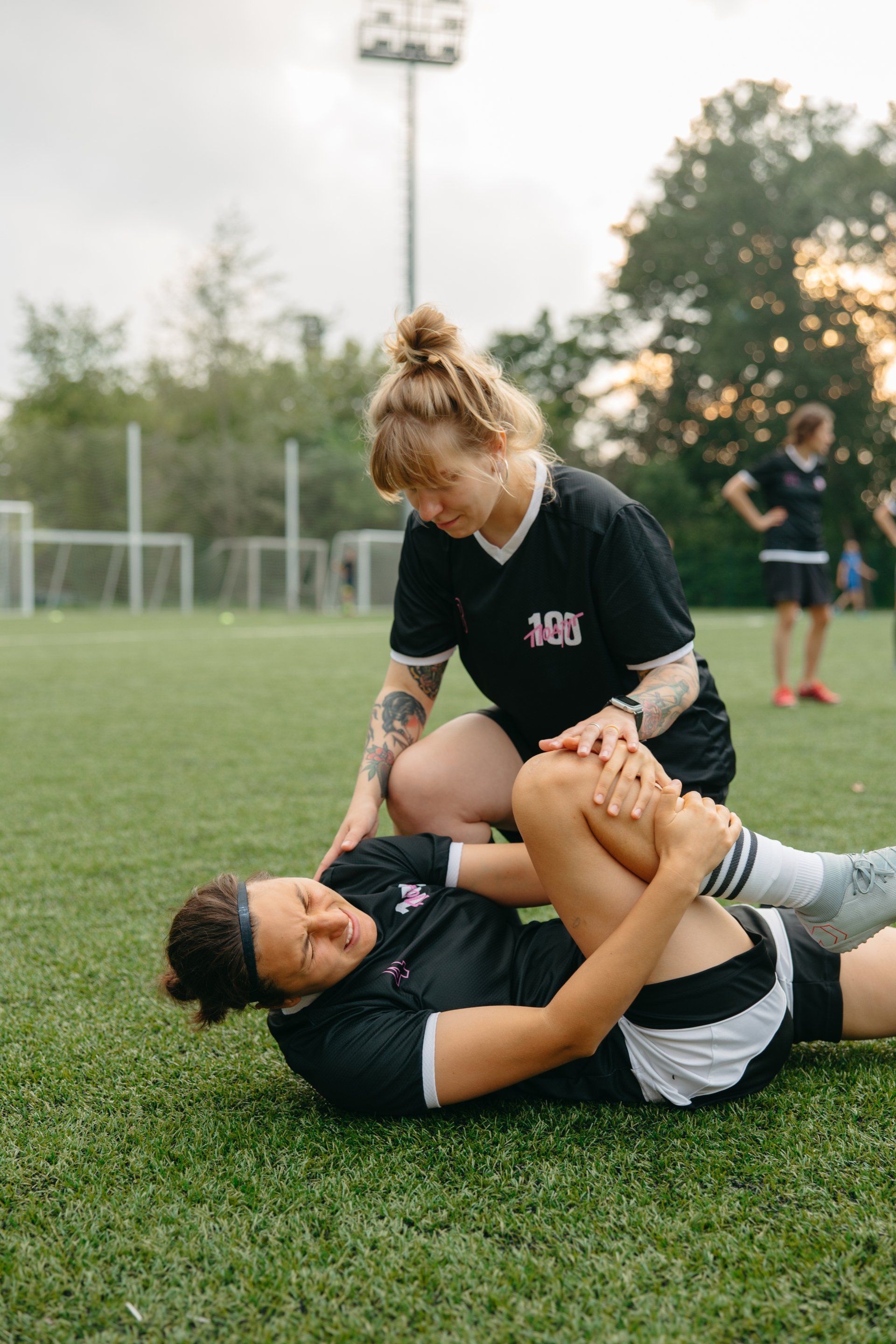Physical Therapy for Runners: Comprehensive Guide
Running is an excellent way to stay fit and healthy, reduce stress, highly competitive and is something you need minimal equipment for; However, it can take a toll on the body over time, especially if training volumes and intensities are mismanaged and exercise outside of running not present. As a runner, you may experience pain or discomfort in your joints, muscles, or tendons. Good news for you, physical therapy can help you decrease the likelihood of pain and treat these injuries, allowing you to run pain-free and continue enjoying the benefits of running.
Today, we'll explore a few topics. Here is a peek at what we’ll be diving into:
- What does physical therapy for runners look like?
- What are the benefits of Physical therapy for runners?
- Common running injuries
- When you should see a physical therapist?
FAQs
What is Physical Therapy for Runners?
Physical therapy focuses on prevention, treatment, and management of physical injuries and conditions. Interventions given by your PT may include exercise, manual therapy and training modifications to help you manage chronic or acute injuries. Physical therapy for runners focuses specifically on injuries and conditions that are common in runners, such as:
- shin splints
- plantar fasciitis
- Runner’s knee
- IT band syndrome
A physical therapist can help you prevent these injuries by assessing your passive and active range of motion, identify mobility and flexibility deficits, muscular strength and imbalance, functional movement patters, running form and providing exercises to interventions and strategies to improve areas of dysfunction. If you do experience an injury, a physical therapist can provide targeted treatment to help you recover and get back to training as quickly and safely as possible.
Benefits of Physical Therapy for Runners
Whether you're a seasoned marathoner or just starting your first couch to 5k, physical therapy may be a resource for you to stay healthy and injury-free. Physical therapy can provide a range of benefits for runners, including:
Improved flexibility and range of motion
- Joint mobility and muscular flexibility may be the root cause to your pain. These areas may not be painful themselves, however due to their lack of movement, they may be causing increased stress and demand to the painful area.
Improved strength and endurance
- Assessment of muscular and functional strength may identify areas of weakness and instability. These areas again may not be painful themselves but will cause compensation elsewhere for you to continue to run. Incomplete movement patterns may not hurt while performing, but with repeated stress can lead to injury.
Reduced pain and inflammation
- In cases of acute injury, physical therapy can utilize modalities and strategies to decrease pain. In the acute stage, interventions should be minimal to pain free while performing. In the case of chronic tendinopathy, some pain will be allowed to create positive changes in the tendon.
Improved running form and economy
- By addressing imbalances in your body and improving your running form, physical therapy can help you run more efficiently and with less effort. This can improve your running performance and allow you to achieve your running goals more easily.
Reduced risk of future injuries
- By working with a physical therapist, you can identify areas of weakness or imbalances in your body that may be contributing to your risk of injury. Your physical therapist can provide exercises and strategies build your armor layers and help you develop good running form.
Faster recovery after an injury
- If you do happen to experience an injury, physical therapy can help you recover more quickly and effectively than nursing it at home. Depending on your diagnosis, your therapist may have you continue your running and assess how your PT interventions are improving your pain. On the flip side, you may be asked to stop all running until symptoms can be better managed. Your physical therapist can provide targeted exercises and treatments to help you heal, reduce pain, and prevent further injury.
Improved overall physical function and well-being
- Physical therapy can provide a range of benefits beyond injury prevention and treatment. By improving your physical function and reducing pain, physical therapy can enhance your overall health and well-being, allowing you to enjoy running and other activities with greater ease and comfort.
Common Running Injuries
Despite your best efforts, you may still experience a running injury at some point. The most common injuries seen in runners typically occur in the lower leg, knee, hip and foot. These injuries do not always have the same causes, as a full evaluation will identify specially why you are experiencing your pain. Some of these conditions are very vague diagnoses , however, are still important to review.
Plantar Fasciitis
- Plantar fasciitis is a condition that causes pain in the heel and bottom of the foot. Physical therapy for plantar fasciitis may include exercises to stretch and strengthen the plantar aspect of the foot, soft tissue mobilization of the posterior lower leg and foot, as well as techniques to reduce inflammation and pain.
Iliotibial Band Syndrome
- IT band syndrome is a condition that causes pain on the outside of the knee. Physical therapy for IT band syndrome may include exercises to improve hip stability and/or flexibility. Depending on what is found on evaluation and your training history, training may still be allowed while your progress through PT.
Runner's Knee / Patellofemoral Pain Syndrome
- Runner's knee is a very common overuse injury that causes pain around the kneecap. Physical therapy for runner's knee/PFPS may include soft tissue mobilization over the anterior thigh, patellofemoral joint mobilizations, quad strengthening or flexibility to reduce pain.
Shin Splints
- Shin splints are another common overuse injury that causes pain in the front of the lower leg. There are physical exam tests to determine if this is muscular or bone (stress fracture/stress reaction), however the best testing to determine prognosis would be receiving imaging. Radiographs and MRI will be able to spot a stress fracture or stress reaction in runners with pain in the anterior lower leg. If there is bone involvement, running will be asked to be ceased to allow for healing. As you progress through PT, interventions which stress bone similar to running will be implemented as the bone heals.
When Should You See a Physical Therapist?
It is vital to consult a physical therapist if you are experiencing pain or discomfort during or after running.
A physical therapist can evaluate your condition and develop a treatment plan that can help you prevent and recover from running-related injuries.
As a general rule, acute injuries are able to return to running pain-free than chronic injuries. The longer you delay addressing areas of dysfunction, the longer your recovery time may take.
If you’re concerned about an injury and want to be proactive, consider speaking with one of our physical therapists.
Tips for Runners
Preventing running injuries is key to staying healthy and pain-free as a runner. Here are some tips on how to prevent common running injuries:
Warm-Up and Cool Down
Take the time to warm up properly before each run and cool down properly after each run. This can help prevent injuries and reduce soreness. Your warmup should consist of improving areas of dysfunction and exercises which closely resemble the stresses of running.
Strengthen Weak Areas
Work with a physical therapist or personal trainer to identify areas of deficits or imbalances in your body and perform exercises or implement strategies to improve them.
Gradual Progression
Avoid increasing your mileage or intensity too quickly, as this can put excessive stress on your body and increase your risk of injury. Gradually build up your mileage and intensity over time to allow your body to adapt to the stresses of running. Another rule to follow would be the 10% rule. If you’re looking to progress a quality of training each week, no more than 10% a week.
Proper Footwear
Wear appropriate footwear that fits well and provides adequate support and cushioning. Replace your shoes when they become worn or lose their cushioning. If you need help looking for a shoe, consider working with our friends at Fleet Feet. You will receive accurate measurement and pressure mapping of your foot to determine which shoe is right for you.
Cross-Train
Incorporate cross-training activities, such as cycling or swimming, into your routine to reduce the impact on your joints and muscles. Find a trainer or therapist that works with runners and understands the benefits of strength training in runners. If you need finding a trainer, reach out to us to determine who will be the best fit for you.
Conclusion
Physical therapy can be essential component and resource of a runner's overall health and wellness plan. By working with a physical therapist, runners can help prevent injuries, recover more quickly from injuries, and improve their overall running performance. Remember to prioritize injury prevention by warming up and cooling down properly (exercises and strategies specific to you and running), gradually increasing mileage and intensity (remember the 10% rule), wearing appropriate footwear (go to Fleet Feet ), and cross-training (exercise that’s NOT running). If you do experience an injury, seek the help of a physical therapist to get back to running pain-free.
FAQs
1.How long does it take to recover from a running injury with physical therapy?
The length of recovery time can vary depending on the severity of the injury, time since onset of injury and how the patient progresses through PT. It's best to work with a physical therapist to develop a personalized treatment plan and get an estimate of recovery time. As improvements are seen, the estimated prognosis will become more clear.
2.Can physical therapy prevent all running injuries?
While physical therapy can help decrease the likelihood of many running injuries, there is no chance it can prevent all injuries. Runners should also take other measures, such as proper warm-up and cool-down, gradual progression, and appropriate footwear, to reduce their risk of injury. Most importantly, listen to how your body is feeling. A running program is a guide, and should be modified to each runner’s tolerance.
3. Is physical therapy covered by insurance?
Many insurance plans cover physical therapy. Check with your provider to find out what's covered under your plan.
4. How often should runners see a physical therapist?
The frequency of physical therapy visits will depend on the individual and their needs. Some runners may benefit from regular weekly or monthly maintenance check-ins, while others may only need to visit a physical therapist when they experience an injury.
5. Can runners continue to run while receiving physical therapy?
In many cases, runners can continue to run while receiving physical therapy. There may be some training modifications depending on diagnosis. It's important to receive a clear understanding from your physical therapist on expectations and to develop a treatment plan that allows for running while also promoting healing and recovery.










